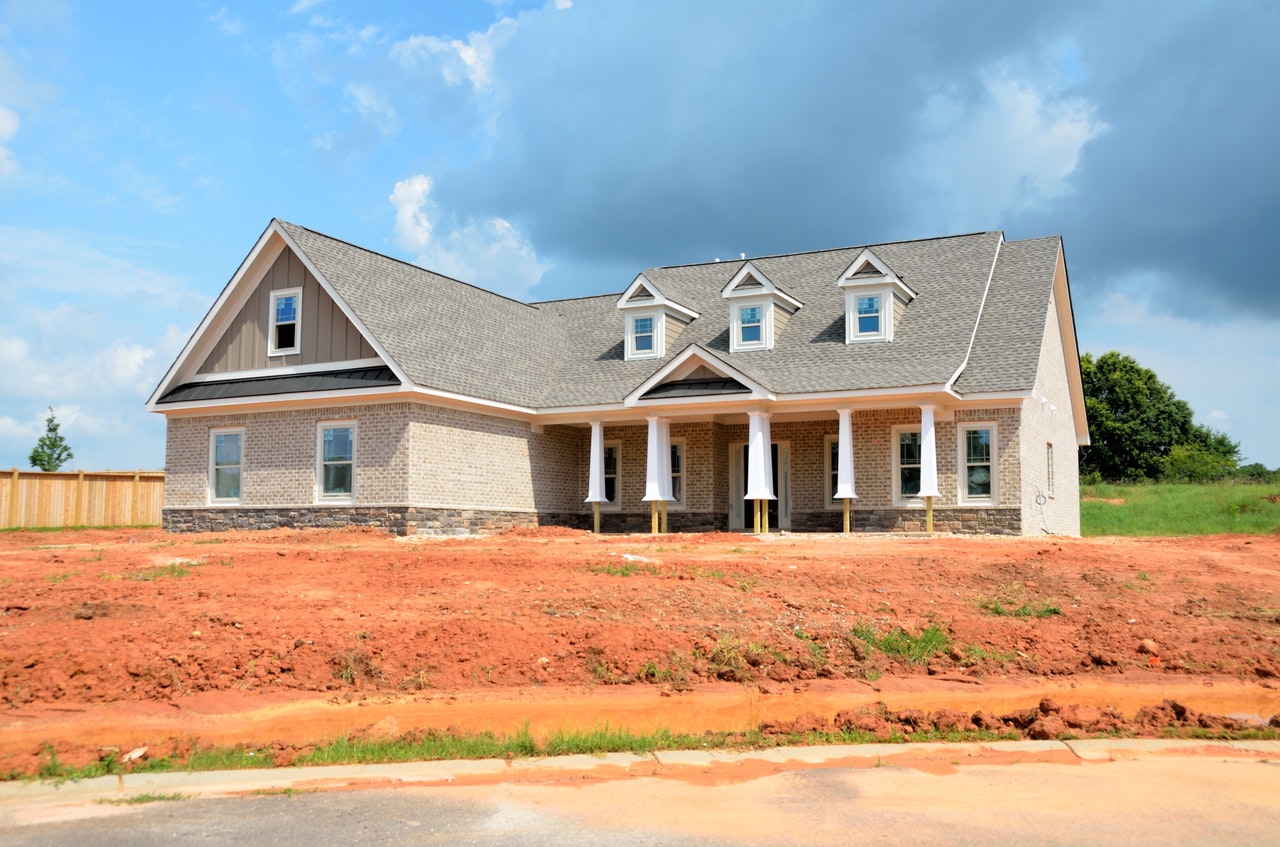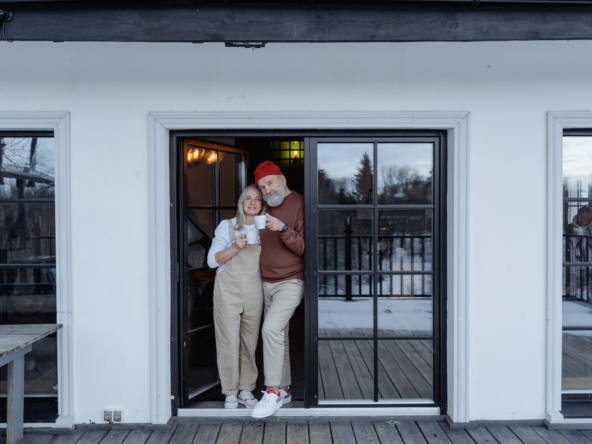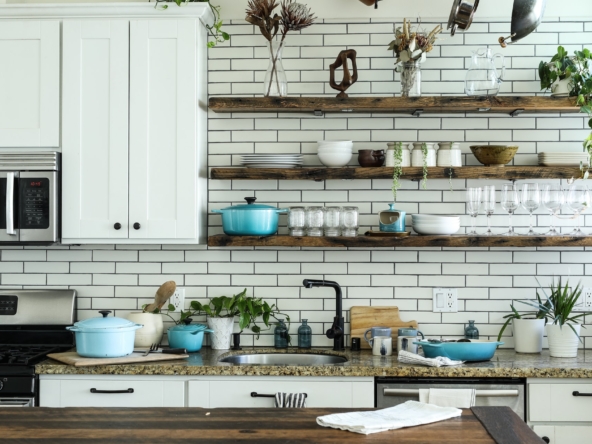As more and more modular homes are built in Ontario, there is an undeniable rise in people’s interest in this not-so-new approach to building. Considering the current state of Canada’s housing market, it’s no wonder young families and downsizers are on the hunt for smarter, more sensible (on the wallet) solutions.
Below is a comparison of the main house building components, and how prefab homes stack up against traditional homes.
Price
Prefab vs traditional construction cost: Building a prefab home can be more cost-effective than traditional construction, and there are a few reasons for that. Some of those factors include reduced labor costs, bulk purchasing/storing of materials, and an overall ability to reduce waste.
Since prefab homes are factory-built, manufacturers use precise equipment to measure and cut construction materials, thus reducing the waste of time and materials. also lends to reduced man-hours, cutting labour costs substantially.
Eco-Friendly/Environmentally Friendly
Many prefab homes are considered green homes because the materials used are perfectly engineered, ensuring minimum waste generated from the production. Manufacturers can control the handling of scrap materials by reusing them. Thus, reducing waste added to landfills.
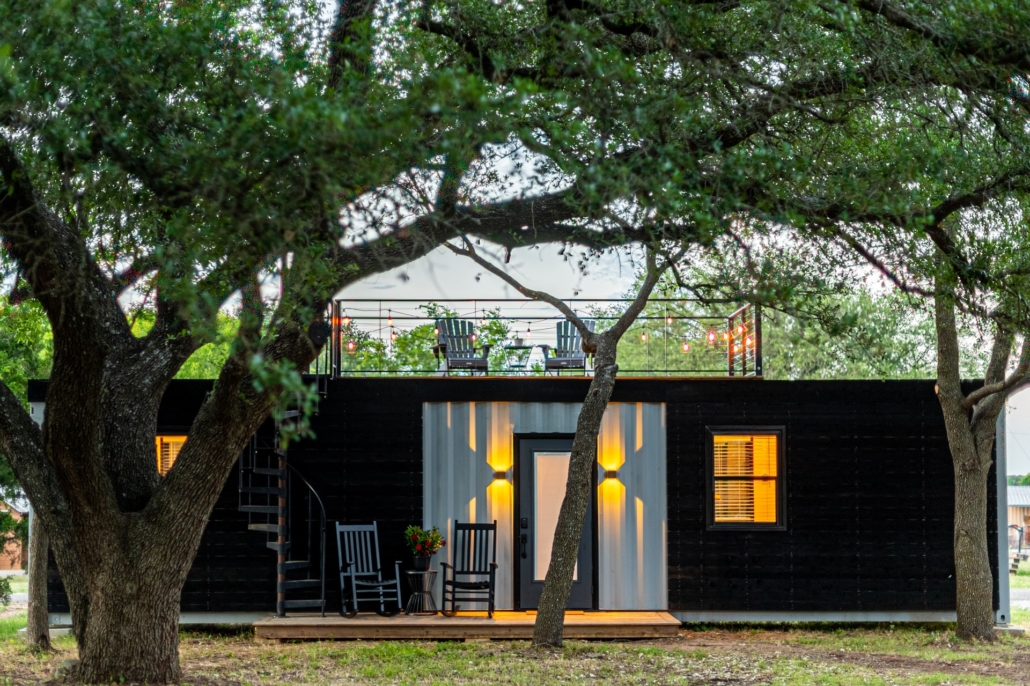
Unlike prefab homes, traditionally-built homes often have leftover cement, sand, gravel, and wood materials that are sometimes dumped after the build is complete. Keep in mind, this isn’t the case for all onsite home builders.
Being green with your waste and materials is good for business. Be sure to ask your builder what their waste handling plans are.
Speed
Prefab constructions can be more time-efficient than a traditional onsite house build. In conventional construction, the weather is one of the most significant factors that can cause delays in the building process. It affects contractor performance, causes damage to the equipment, and decreases the efficiency of some construction materials when overexposed in certain weather conditions.
Since prefab homes are built indoors or in a factory setting, the weather is never a factor. The average prefab home can take between eight weeks to three months to be manufactured. Site-built homes usually average between six to twelve months from start to finish. Sometimes (usually due to financing or legal stuff) it can take even longer.
Aesthetics
Prefab homes are as attractive and stylish as traditional homes (this modern farmhouse layout is a great example). Many prefab companies have in-house designers who specialize in the advantages of modular building.
Whereas it’s not uncommon for a local builder to use a third-party architect and interior designer vs having someone in-house. This was the case when we had our house built. Gladly, the design firm was incredible.
Regardless of the building method you chose, you will be able to customize every last detail to suit your preferences and aesthetic needs – from simple, classic, and modern, to sleek, cozy, or dramatic. If you have the budget, the sky’s the limit.
Quality / Long-Lasting
Prefab homes are as sturdy as conventional homes. Many builders in Ontario guarantee the quality of the homes they build, but then you read their Google reviews and it’s a different story. Since the modules of prefab homes are factory-made, their seams are tighter and more precise. With proper heat loss recovery and ventilation, any quality-built home should last decades without major decay.
Warranty
Like any other site-built homes (concrete or stick-built homes), prefab home builders in Ontario offer manufacturer’s warranties on any possible structural failure and malfunctions. Some builders will also offer warranties on the home systems such as plumbing, electrical, heating, and ventilation.
In Ontario, the gold standard for home construction warranties is from Tarion. Most provide the standard 7 Year warranty while some builders will add on an additional 3 years to make it an even 10.
Do not sign a single contract or agreement until your lawyer reviews the builder’s warranty program (if it isn’t Tarion).
Construction Process
There is not much difference in the foundation construction since both building methods use concrete and wood supports. The only noticeable thing between the two is how the house is connected to the foundation. In prefab construction, pre-constructed parts of your home are anchored into the foundation using steel straps. Often, problems with prefabricated houses are the same as traditional houses.
Location Choices
Just like traditional homes, prefab homes can be built almost anywhere. But like always, the location is subject to the approval of your home builder, the local building inspector, any applicable conservation authorities, and even the bank.
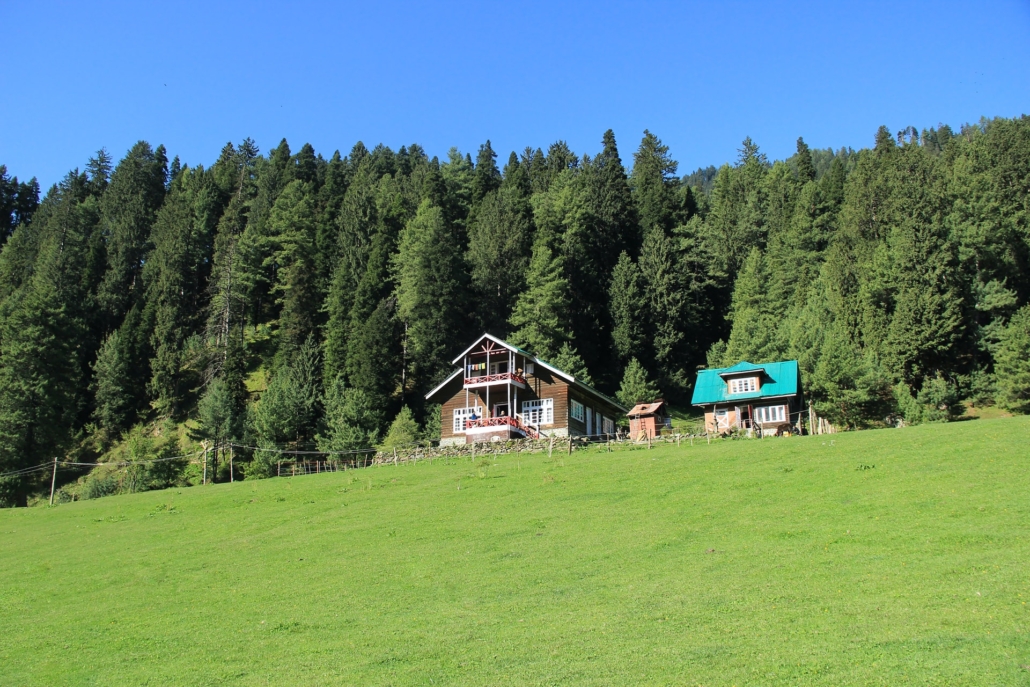
Building Code/Structural Stability
In Ontario, prefab homes follow the same building code and laws as the traditional homes, including the Ontario Building Code and the National Building Code of Canada. As long as the general contractor follows the code and all designs conform to the regulations, there shouldn’t be any problems.
Loans, Taxes, and Insurance
Loans, taxes, and insurance are pretty much the same as building a conventional home. You will need cash in the bank for a deposit (10-20%). Then you’ll need to secure a construction loan, which in most scenarios is going to come from a private lender. We used Bedrock Financial, which is a brokerage for Dominion Lending Centres.
The truth is, unless you have 40% to put down or more, most major banks won’t fund a residential build, let alone a prefabricated construction project. So you’ll use a private construction loan and whatever other funds you have to finance the build, and then when you’re in the final stages, you’ll meet with your bank to refinance everything into a traditional mortgage.
Construction Safety
All materials and products used with prefab homes vs traditional homes undergo different stages when being manufactured, such as testing, refining, and approval to verify safety. In Ontario, home construction safety is something that is standardized, so as long as you choose a credible builder and have an adequate Builder’s Risk policy, safety should never be an issue or concern. For our Builder’s Risk insurance policy, we went with Kase Insurance.
Did We Mention There’s An Infographic?
We took all the key points listed above and summarized them in this custom visual that’s ready to share on social or embed on your website.
Please click below to view the infographic.

